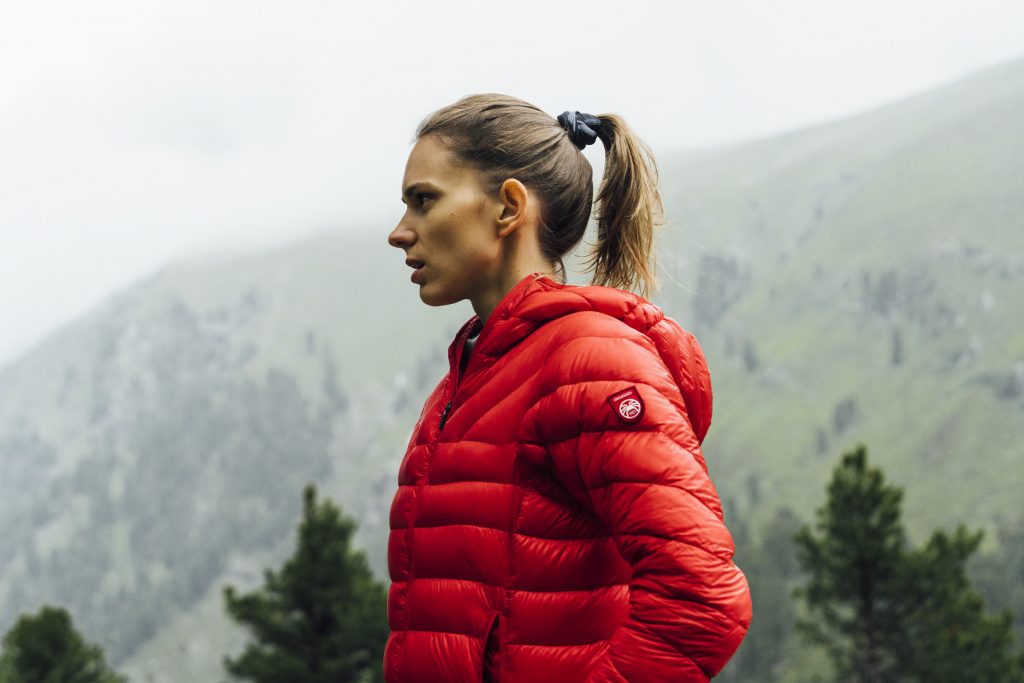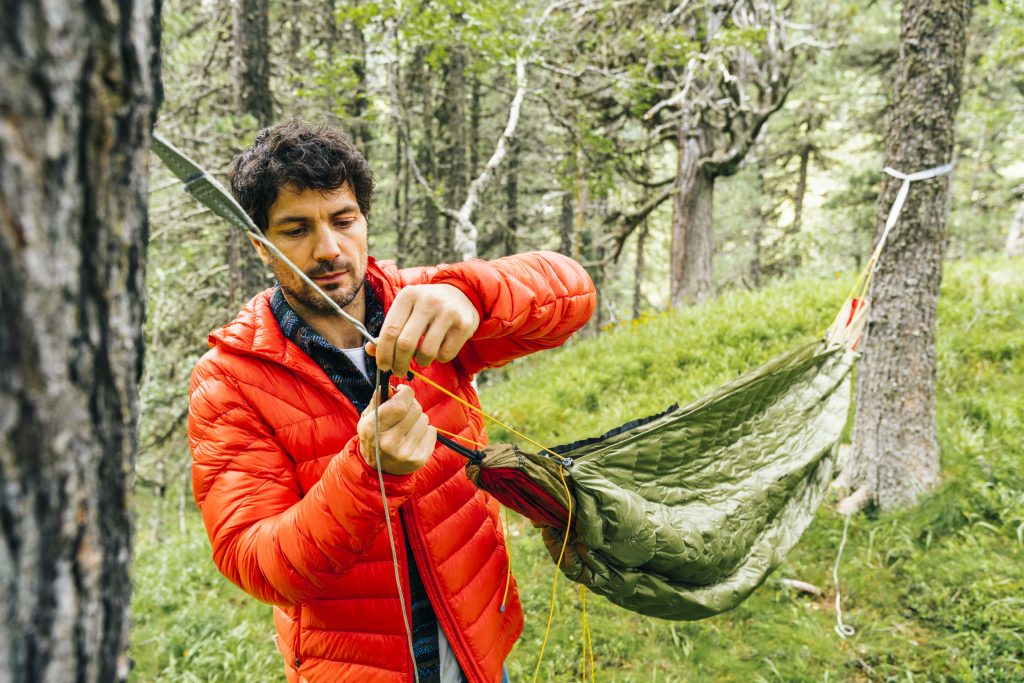
CAN A DOWN JACKET BE USEFUL IN THE MOUNTAINS IN SPRING AND SUMMER?
Did you know that a down jacket can be a year-round garment? The end of winter doesn't mean it has to end up in the furthest corner of the closet because it can also serve you well in spring and summer. It may not be useful in tropical vacations, but in the mountains or by the Baltic Sea, when the weather suddenly cools down, it's definitely worth having. Read our article and let us convince you!
WHAT WILL YOU LEARN FROM THIS ARTICLE?
- When can a down jacket be useful in spring and summer?
- What should you consider when choosing a down jacket?
IN BRIEF
A lightweight down jacket performs excellently in case of sudden cooling – much better than a fleece! It provides pleasant thermal comfort, is breathable, lightweight, and can be compressed into a small size, taking up little space in a backpack.
DOWN JACKET - THE BEST FOR ANY OCCASION
First, a small clarification: the protagonist of this article is not a thick, expedition down jacket designed for extreme cold in the mountains. We're talking about a light version of a down jacket, also known as a down sweater. It is a versatile model – in winter, it works as a thermal layer under another jacket, and in spring or summer, it serves as outerwear, protecting against cold in case of sudden cooling.
Examples of using such a down jacket in the spring-summer season are numerous. Sailing in the Masurian Lakes, kayaking on the Warmia River, hiking in the mountains, or a seaside vacation off-season. In short, a lightweight down jacket is definitely useful in the equipment of an active tourist, especially in the mountains! It takes up much less space in a backpack than a fleece and provides better protection against the cold.

WARM, WARMER, WARMEST: SPRING AND MORE WITH A DOWN JACKET
The biggest advantage of down jackets is undoubtedly the thermal comfort they provide. Natural down excellently protects against the cold – much better than any synthetic insulation. This is thanks to the three-dimensional structure of each individual down cluster, which allows air to accumulate inside. And it is precisely air that is the best insulator, trapping the heat generated by the body. No human-made material can match natural down in this regard.
LIGHTNESS AND HIGH COMPRESSION
However, the versatility of down jackets is not solely determined by their thermal insulation properties. After all, in spring or summer, even if they show their most rainy and coldest face, we don't need a down jacket that protects against 20-degree frost, so thermal insulation may not be the most important factor. Other aspects matter: lightness and compression.
As we have established, a down jacket works perfectly as a warming layer "just in case" when the weather surprises us with sudden cooling. Therefore, most of the time, we will carry it in our backpacks. Fortunately, a down jacket has another important characteristic: it is super lightweight and can be compressed into a small package.
These features are related to the properties of natural down, specifically its resilience. This parameter indicates the volume, in cubic inches, occupied by a maximum-expanded and then compressed ounce (28g) of down. The higher the value, the better. Down jackets or sleeping bags with high resilience provide more effective protection against the cold, are lighter, and compress better. The highest value naturally achievable is slightly over 900 cuin. However, for the typical tourist, a jacket filled with down of 600-750 cuin resilience is more than enough. Such a down jacket is lightweight and doesn't take up too much space in a backpack – some models, when packed into their accompanying stuff sacks, can even fit in a pocket.
When choosing a lightweight down jacket, it's worth paying attention to two other parameters: the type of down (goose down achieves higher resilience and is more durable than duck down) and the down-to-feather ratio, which indicates the weight proportion of down to feathers in the insulation. Feathers have inferior properties but cannot be entirely removed. The down-to-feather ratio is expressed as a proportion, e.g., 90/10 – indicating that the insulation contains 90% down and 10% feathers.

PAJAK LIGHTWEIGHT DOWN JACKET
The theory is behind us; now let's get to the specifics. The Phantom model is an excellent choice for a year-round down jacket. It has a fitted ergonomic cut and is filled with Polish white goose down (known for its fantastic properties!) with a resilience of 750 cuin. You can wear it as an outer layer in temperatures from -5 to 15°C. In winter, below a few degrees below freezing, it works well as a warming layer.
You can find the Phantom jacket – and other options for colder temperatures – on pajaksport.pl.
Image source: pajaksport.pl